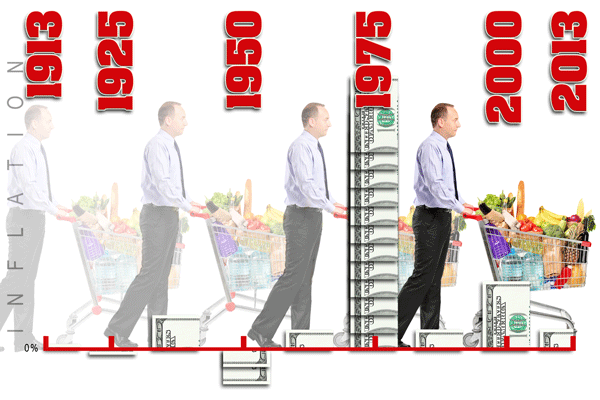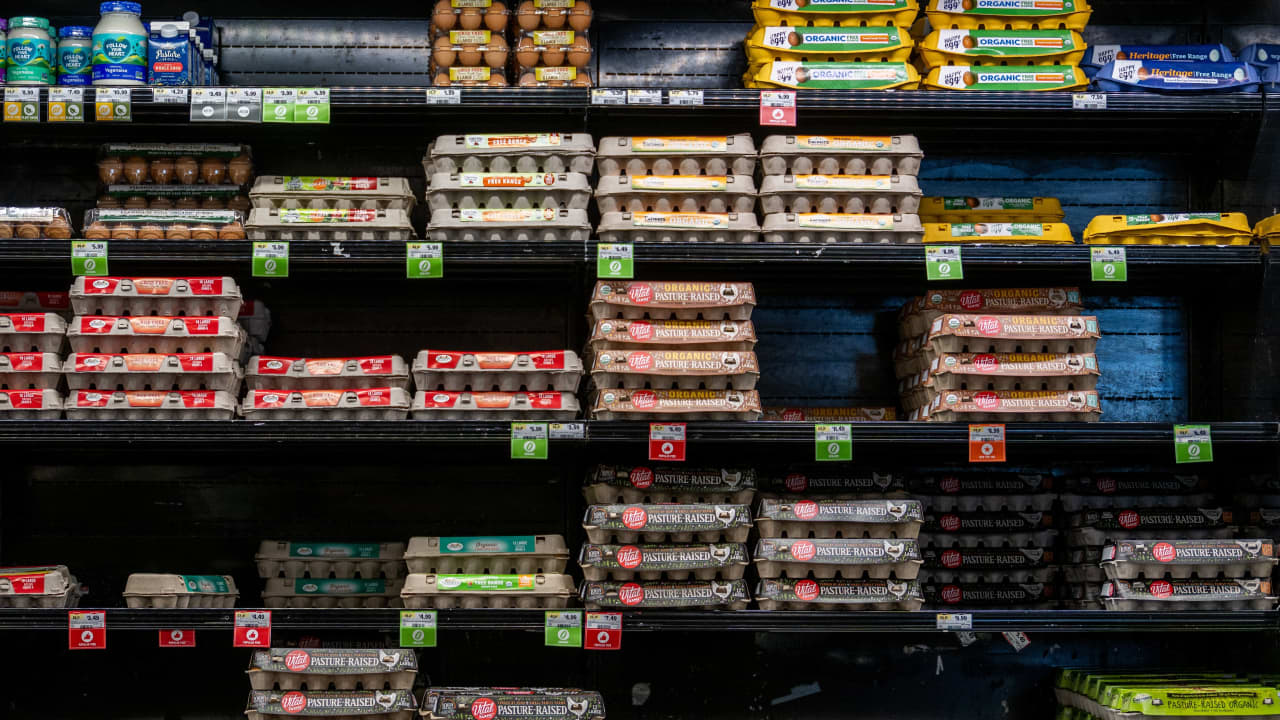Surging Wholesale Inflation: A Glimpse into the US Economic Landscape

Surging Wholesale Inflation: A Glimpse into the US Economic Landscape
Economic observers are keeping a watchful eye on the United States as wholesale inflation continues its upward trajectory. Driven by rising gas prices and other key factors, the Producer Price Index (PPI) surged 2.2% over the 12 months ending in September. This marks the third consecutive month of wholesale price increases, painting a complex picture of the nation’s economic landscape.
Wholesale Inflation on the Rise
According to recent data released by the Bureau of Labor Statistics (BLS), the PPI is making waves with a significant 2.2% rise over the year-long period ending in September. This surge comes after two previous months of wholesale price increases, demonstrating a consistent trend in price growth for businesses.
On a monthly basis, the PPI increased by 0.5%, a slight slowdown compared to August’s 0.7% upswing. However, it’s essential to note that this moderation does not necessarily indicate a reversal of the overall upward trend. The September surge was primarily driven by a substantial 0.9% gain in goods prices, primarily influenced by higher energy prices and food costs.
Economists had initially projected a more modest annual increase of 1.6% and a monthly uptick of 0.3%, based on Refinitiv consensus estimates. The actual numbers have surpassed these predictions, raising questions about the factors contributing to this accelerated wholesale inflation.
Fueling the Fire: Soaring Gas Prices
One of the most significant contributors to this wholesale inflation surge has been the substantial increase in gas prices. In September, gas prices hit new yearly highs, with oil prices climbing past $92 per barrel. These surges in oil prices were attributed to supply cuts and catastrophic flooding in Libya, further impacting the global energy market.
However, October has seen a reversal in oil prices, bringing some relief to consumers and aligning with the preferences of the Federal Reserve. As the cost of energy fluctuates, so does its impact on wholesale inflation, making it a crucial variable in the broader economic landscape.

The Core PPI: A Closer Look
To gain a clearer understanding of the underlying trends, economists often examine the Core PPI, which excludes the more volatile components of food and energy. In September, the Core PPI saw a 2.7% monthly increase and a 0.3% increase over the year. While these figures surpass the estimated 2.5% annual increase seen in August, the year-over-year increase remains modest. In fact, it is significantly lower than the record 9.7% high observed in March 2022.
When excluding the influence of energy and food, the final demand goods prices rose only 0.1% from August to September, according to BLS data. This suggests that the impact of price surges in these sectors may not be as widespread as some might fear.
Inflation’s Bumpy Road Ahead
September’s PPI report serves as a reminder that the path to lower inflation in the United States is likely to be a turbulent one. Federal Reserve Chair Jerome Powell has repeatedly cautioned that the journey to control inflation will be challenging, particularly in light of the central bank’s ongoing rate-hiking campaign.
Chris Rupkey, chief economist at FwdBonds, emphasized the need for vigilance, stating, “The Fed has not finished the job and stamped inflation out completely yet, and if anything, policymakers have their work cut out for them as much as the inflation we see in producer prices is coming from food and energy prices that monetary policy has less effect on.”
These sentiments underscore the complex nature of inflation control, as central banks work to balance their policies and combat rising prices effectively.
The Significance of the PPI
The Producer Price Index (PPI) is a crucial tool for economists and policymakers to gauge the state of inflation in the United States. It captures the average price shifts that businesses experience before these changes are passed on to consumers. Essentially, it serves as a canary in the economic coal mine, potentially signaling future price increases that consumers will ultimately bear.
The recent surge in wholesale inflation can have far-reaching implications for the American economy. If this trend continues, it may translate into higher prices for everyday goods and services, leading to increased living costs for individuals and households. This can have repercussions for family budgets and the broader economic stability of the country.
What’s Next for the US Economy?
As the United States grapples with these inflationary pressures, economists, policymakers, and everyday Americans are left wondering about the future of the country’s economic landscape. Will this surge in wholesale inflation be short-lived, or are there more challenges on the horizon?
To provide a clearer picture of what’s to come, it’s essential to examine the factors contributing to this inflationary trend. Gas prices, as highlighted, have been a significant driver of the surge, with oil prices fluctuating due to supply disruptions and global events. As the energy market stabilizes, we can expect some relief in this sector.
However, other factors, such as food prices, are also playing a role in the PPI surge. Understanding the dynamics at play in these industries will be crucial in predicting the trajectory of inflation. If supply chain disruptions, extreme weather events, or other factors continue to exert pressure on food prices, it could sustain inflationary pressures.

The Role of the Federal Reserve
The Federal Reserve, the central bank of the United States, plays a pivotal role in managing inflation. To curb rising prices, the Federal Reserve has been pursuing a rate-hiking campaign aimed at cooling inflation. However, this campaign is not without its challenges.
The data suggests that the Federal Reserve’s efforts are not having an immediate and dramatic impact on wholesale inflation. This could pose a challenge for the central bank, as it strives to balance inflation control with other economic objectives, such as fostering economic growth and maintaining employment levels.
The PPI report underscores that the central bank’s work in taming inflation is far from complete, and the path ahead may be fraught with complexities. It also highlights the limitations of monetary policy when it comes to addressing inflation driven by sectors like food and energy, where central banks have less direct influence.
Implications for Consumers
The surge in wholesale inflation is not merely a concern for economists and policymakers; it has direct implications for consumers. As wholesale prices rise, businesses may pass these increased costs on to consumers in the form of higher prices for goods and services.
This can translate into higher prices at the pump, more expensive groceries, and increased costs for a wide range of everyday items. For many Americans, this can mean a more substantial portion of their income being allocated to covering basic necessities. It’s essential for consumers to monitor these trends and make informed decisions about their spending and budgeting.
The Complex Path Forward
In conclusion, the recent surge in wholesale inflation in the United States is a multi-faceted issue with implications for the broader economy. The PPI’s upward trajectory is driven by various factors, with gas and food prices playing a prominent role.
While the Federal Reserve is actively working to control inflation, the recent data suggests that this task is far from complete. The intricate dynamics of the energy and food sectors make it challenging for monetary policy to have an immediate impact on inflation control. As a result, the path to lower inflation is likely to be a bumpy one.





